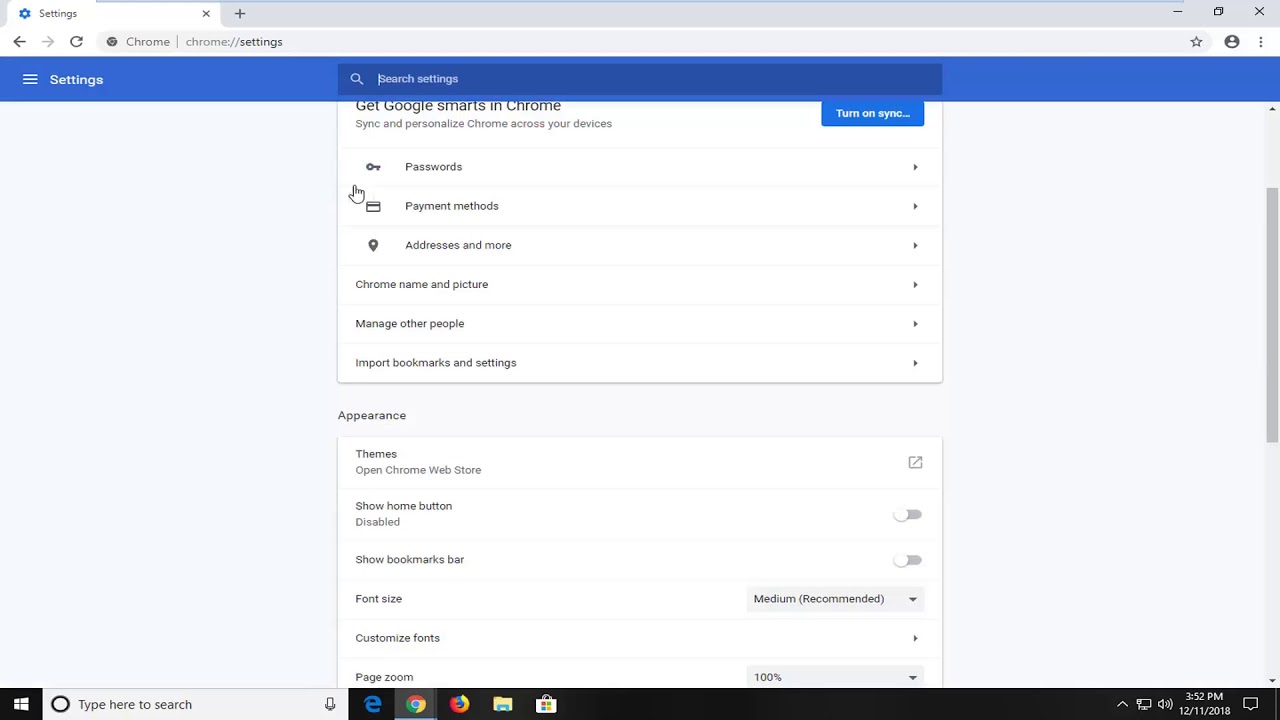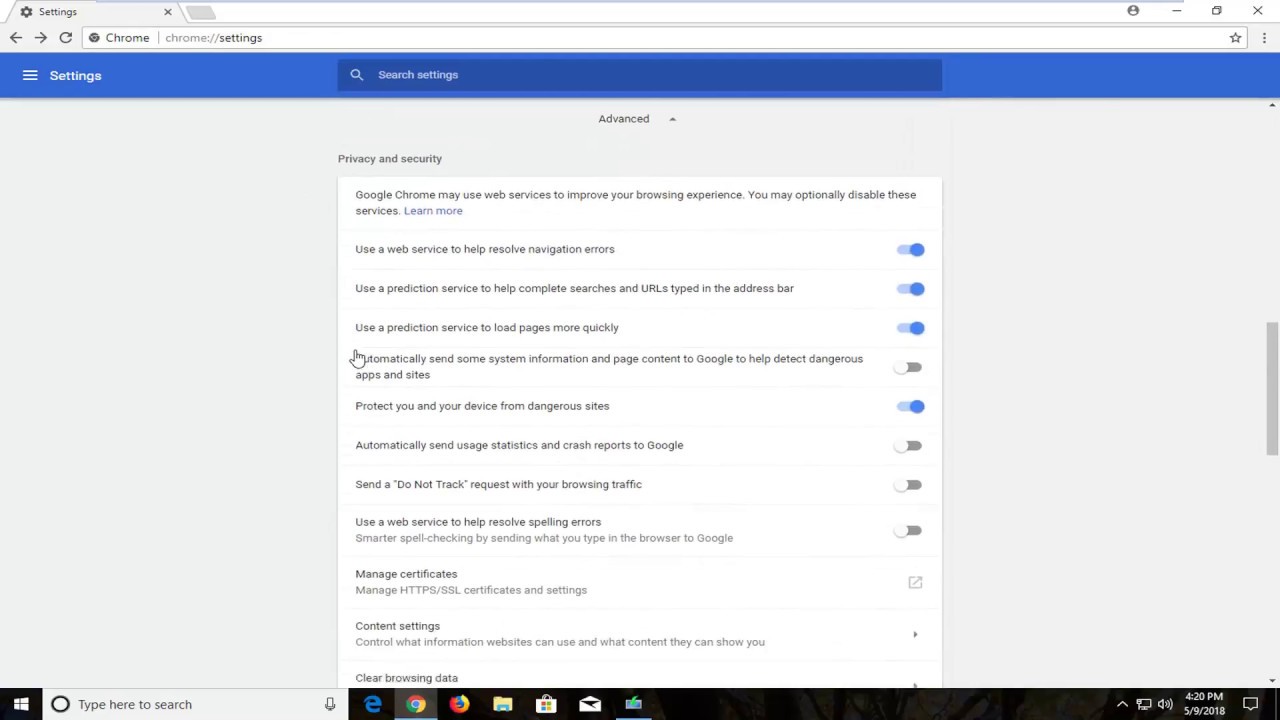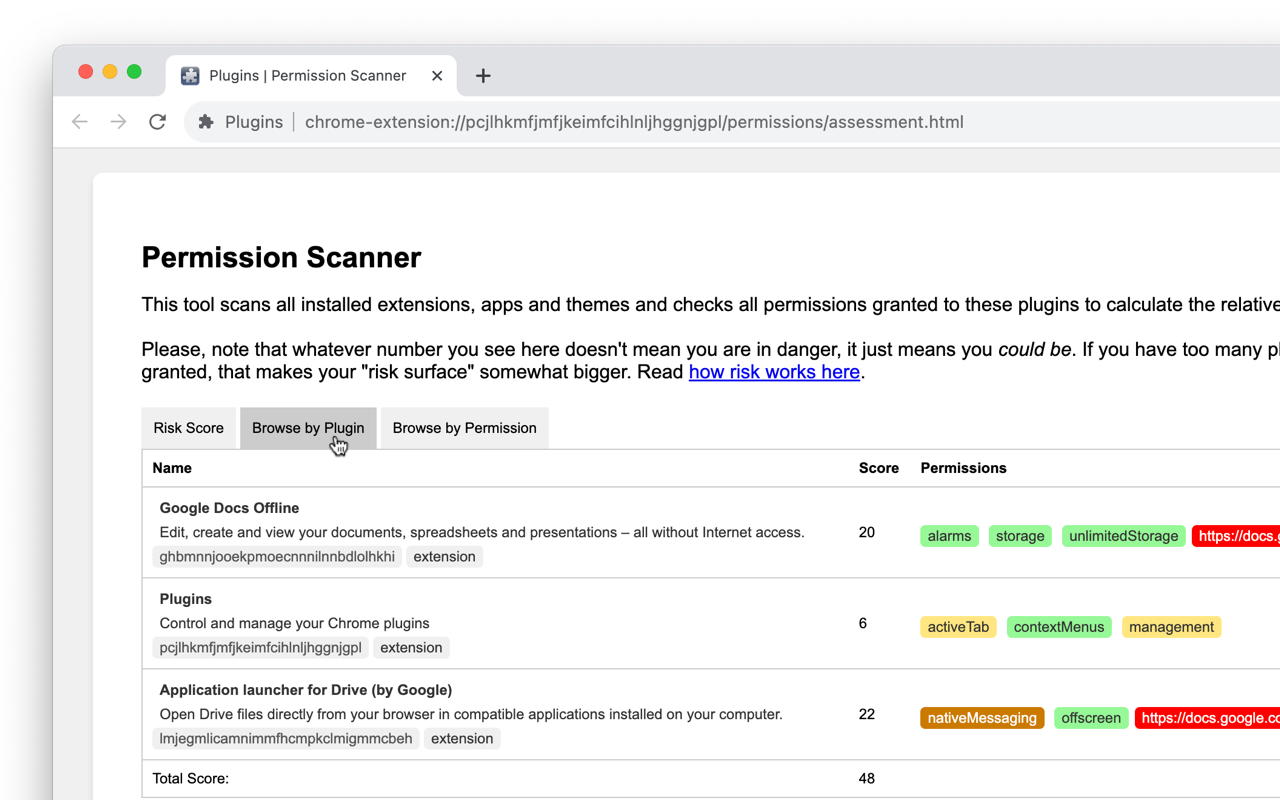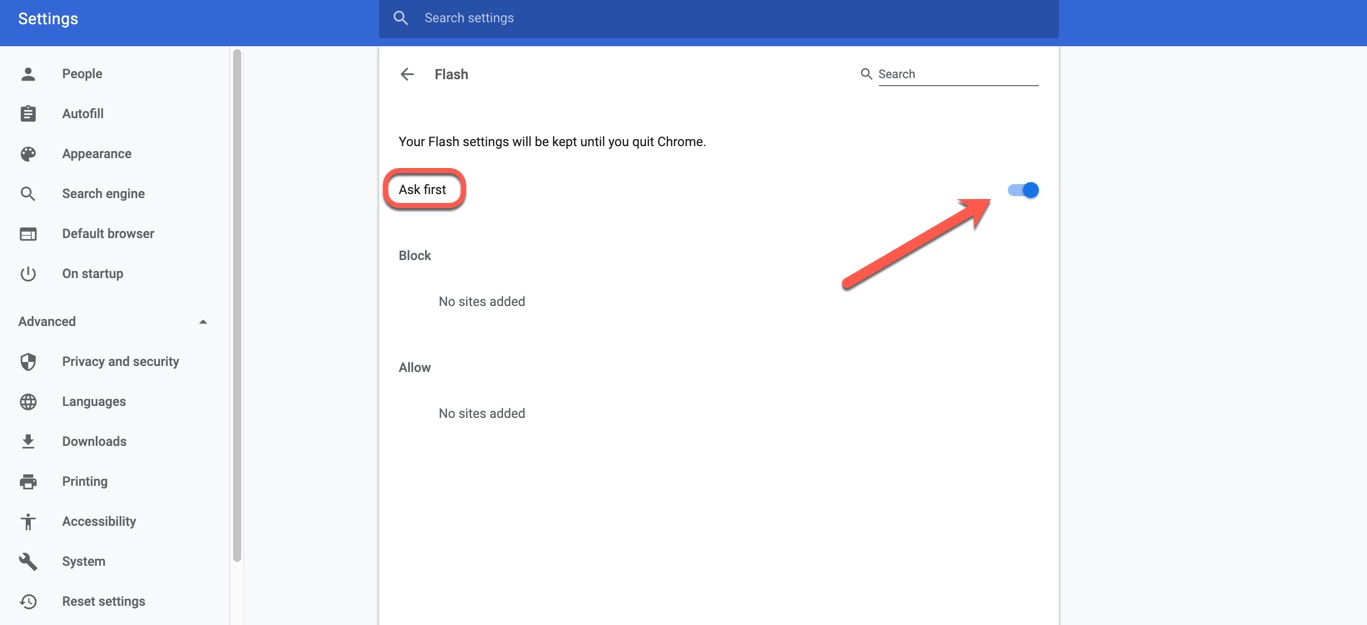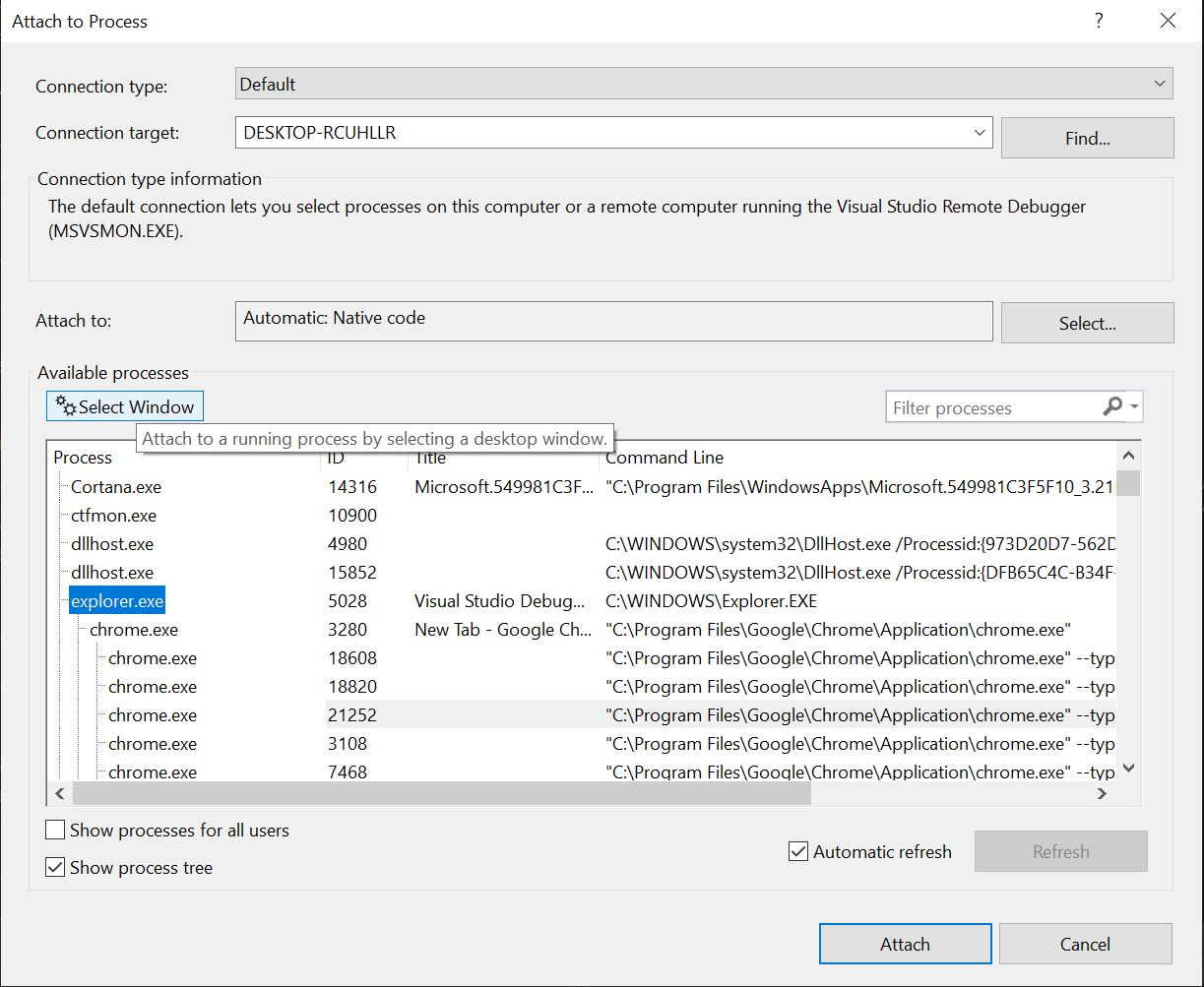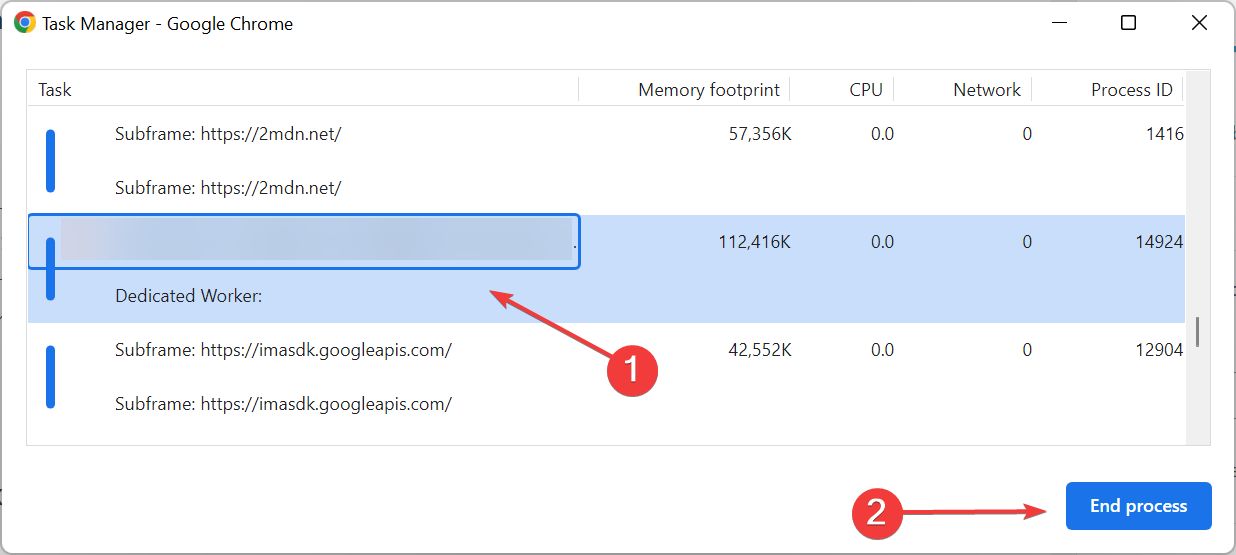Introduction
Google Chrome, one of the most popular web browsers globally, offers a plethora of features and functionalities to enhance the browsing experience. Among these are plugins, also known as extensions, which are small software programs that add specific capabilities to the browser. These plugins can range from ad blockers and password managers to productivity tools and entertainment add-ons, catering to a wide spectrum of user needs.
As the internet becomes increasingly integrated into our daily lives, the demand for personalized browsing experiences has surged. This has led to a surge in the development and use of plugins, making them an integral part of the modern web browsing landscape. Whether you're a student, professional, or casual internet user, the right combination of plugins can significantly streamline your online activities, boost productivity, and enhance security.
In this article, we'll delve into the process of finding and managing plugins on Google Chrome. Whether you're looking to discover new plugins to augment your browsing experience or simply want to organize and manage your existing ones, understanding how to access and navigate the plugins section of Chrome is essential. By the end of this guide, you'll be equipped with the knowledge to effortlessly locate, view, and manage your plugins, ensuring that your browsing experience is tailored to your specific needs and preferences.
Accessing the Chrome Menu
Accessing the Chrome menu is the first step towards managing your plugins effectively. The Chrome menu, located in the top-right corner of the browser window, is represented by three vertically aligned dots. Clicking on these dots opens a dropdown menu that provides access to various browser settings and features.
To access the Chrome menu, simply follow these steps:
-
Launch Google Chrome: Open the Google Chrome browser on your computer or device.
-
Locate the Menu Icon: Look for the three vertically aligned dots in the top-right corner of the browser window. This is the Chrome menu icon.
-
Click on the Menu Icon: Once you've located the menu icon, click on it to reveal the dropdown menu.
Upon clicking the menu icon, a dropdown menu will appear, presenting a range of options and features, including settings, bookmarks, history, and more. This menu serves as a gateway to various browser functionalities, allowing users to customize their browsing experience and access essential tools and settings.
Accessing the Chrome menu is the gateway to managing your browser's settings, including accessing the plugins section. By familiarizing yourself with this fundamental step, you'll be well-equipped to explore and optimize your browsing experience through the effective management of plugins and other browser features.
Navigating to the Extensions Page
Navigating to the extensions page in Google Chrome is a straightforward process that allows users to explore, manage, and customize their collection of plugins. Once you've accessed the Chrome menu, the next step is to navigate to the extensions page, where you can view, add, remove, and organize your plugins. Here's how to do it:
-
Accessing the Chrome Menu: As mentioned earlier, click on the three vertically aligned dots in the top-right corner of the browser window to open the Chrome menu.
-
Selecting "More Tools": Within the dropdown menu, hover your cursor over the "More Tools" option. This action will reveal a secondary menu with additional tools and features.
-
Choosing "Extensions": From the "More Tools" menu, click on the "Extensions" option. This will direct you to the extensions page, where you can manage all your installed plugins.
Upon selecting "Extensions," a new tab will open, displaying a list of all the plugins currently installed in your browser. This page serves as a central hub for managing your plugins, providing a comprehensive overview of each plugin's functionality, permissions, and settings.
Navigating to the extensions page is crucial for users who wish to explore new plugins from the Chrome Web Store, remove outdated or redundant plugins, or configure the settings of existing ones. By familiarizing yourself with this process, you gain the ability to tailor your browsing experience to your specific needs and preferences, ensuring that your collection of plugins remains relevant and optimized.
In the next section, we'll delve into the process of viewing the installed plugins, providing insights into how you can gain a comprehensive understanding of the plugins currently integrated into your browsing environment.
Viewing Installed Plugins
Upon navigating to the extensions page in Google Chrome, you gain access to a comprehensive list of all the plugins currently integrated into your browsing environment. This page serves as a centralized platform for users to gain insights into the functionality, permissions, and settings of each installed plugin.
The list of installed plugins provides a snapshot of the diverse capabilities and features that have been added to your browser. Each entry in the list represents a specific plugin, accompanied by relevant details such as its name, icon, and a brief description of its functionality. This visual representation allows users to quickly identify and differentiate between the various plugins, facilitating efficient management and organization.
In addition to the visual cues, clicking on each plugin entry reveals a wealth of detailed information. This includes the permissions granted to the plugin, its version, and the options for configuring its settings. Understanding the permissions granted to each plugin is crucial for maintaining a secure browsing environment, as it allows users to assess the level of access and control granted to third-party software programs.
Furthermore, the ability to view the version of each plugin is essential for ensuring that you are utilizing the latest updates and features. Keeping plugins updated is vital for maintaining compatibility with the latest browser enhancements and security patches, as well as ensuring optimal performance and functionality.
By gaining a comprehensive understanding of the installed plugins, users can make informed decisions regarding their browsing experience. Whether it involves assessing the necessity of a particular plugin, configuring its settings, or identifying opportunities for optimization, the ability to view and comprehend the installed plugins is fundamental to effective plugin management.
In the subsequent section, we will explore the process of managing and organizing plugins, providing users with the knowledge and tools to streamline their browsing experience and maximize the utility of their plugins.
Managing and Organizing Plugins
Managing and organizing plugins in Google Chrome is a pivotal aspect of maintaining an efficient and personalized browsing experience. Once you have gained insights into the installed plugins, the next step is to delve into the process of managing and organizing them effectively.
Removing Unnecessary Plugins
One of the fundamental aspects of plugin management is the removal of unnecessary or redundant plugins. Over time, users may accumulate a multitude of plugins, some of which may no longer serve a purpose or have become obsolete. By removing such plugins, users can streamline their browsing environment, reduce clutter, and optimize the performance of their browser.
Configuring Plugin Settings
Many plugins offer customizable settings that allow users to tailor their functionality to specific preferences. This may include adjusting privacy settings, enabling or disabling specific features, or customizing the appearance and behavior of the plugin. By configuring plugin settings, users can ensure that each plugin aligns with their individual requirements and contributes to an enhanced browsing experience.
Exploring New Plugins
The Chrome Web Store offers a vast array of plugins catering to diverse needs, ranging from productivity and security to entertainment and customization. Exploring new plugins presents an opportunity to discover innovative tools and features that can augment and enrich the browsing experience. By staying informed about the latest plugins and their capabilities, users can continuously optimize and expand the functionality of their browser.
Updating Plugins
Regularly updating plugins is crucial for maintaining a secure and efficient browsing environment. Plugin updates often include bug fixes, security patches, and new features, ensuring that users benefit from the latest advancements and enhancements. By staying proactive in updating plugins, users can mitigate potential security risks and ensure that their plugins remain compatible with the latest browser updates.
Organizing Plugins
As the number of installed plugins grows, organizing them becomes essential for efficient management. This may involve categorizing plugins based on their functionality, grouping them according to usage frequency, or arranging them in a manner that aligns with individual browsing habits. By organizing plugins, users can streamline their access to specific functionalities and maintain a well-structured browsing environment.
In essence, managing and organizing plugins in Google Chrome empowers users to curate a browsing experience that is tailored to their specific needs and preferences. By removing unnecessary plugins, configuring settings, exploring new additions, updating existing plugins, and organizing them effectively, users can optimize their browsing environment and harness the full potential of their plugins.







